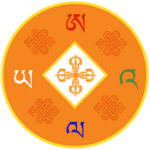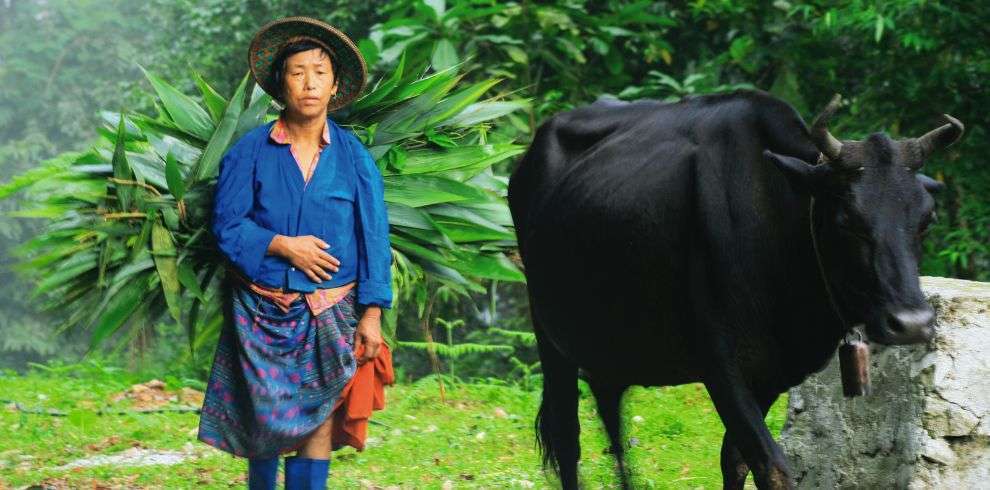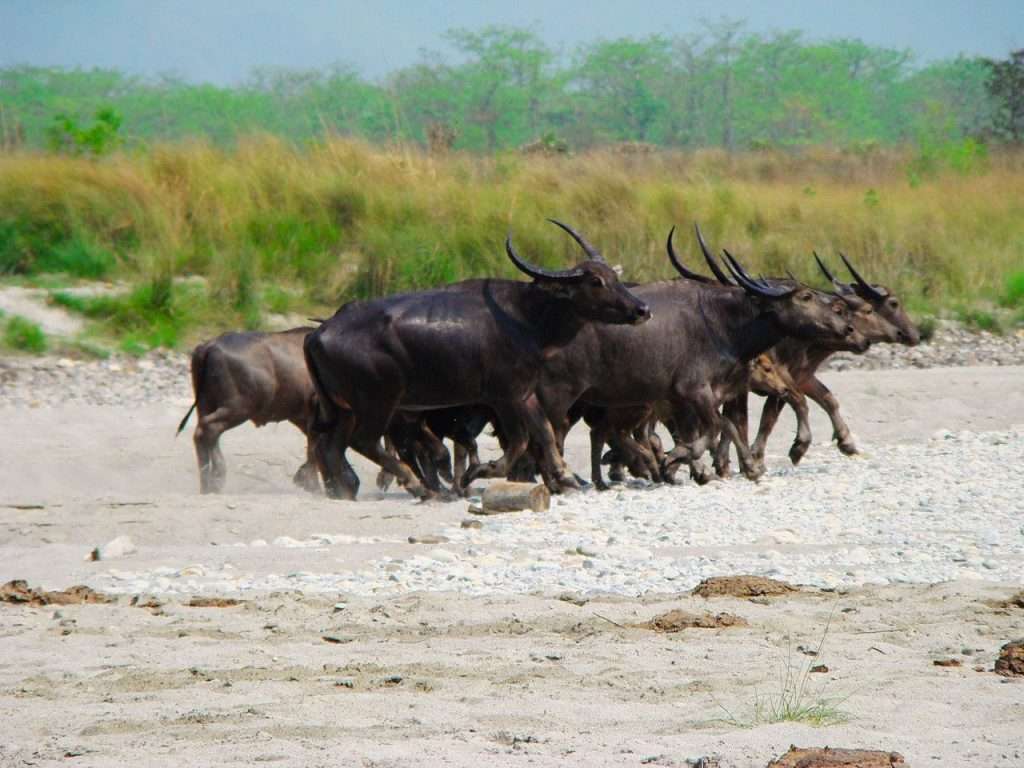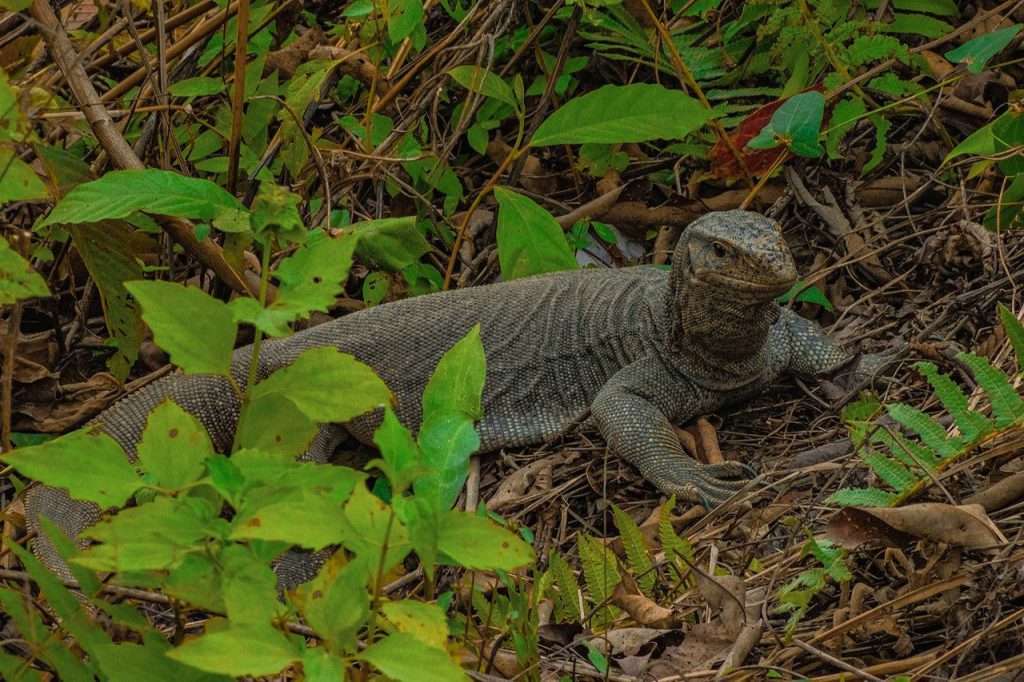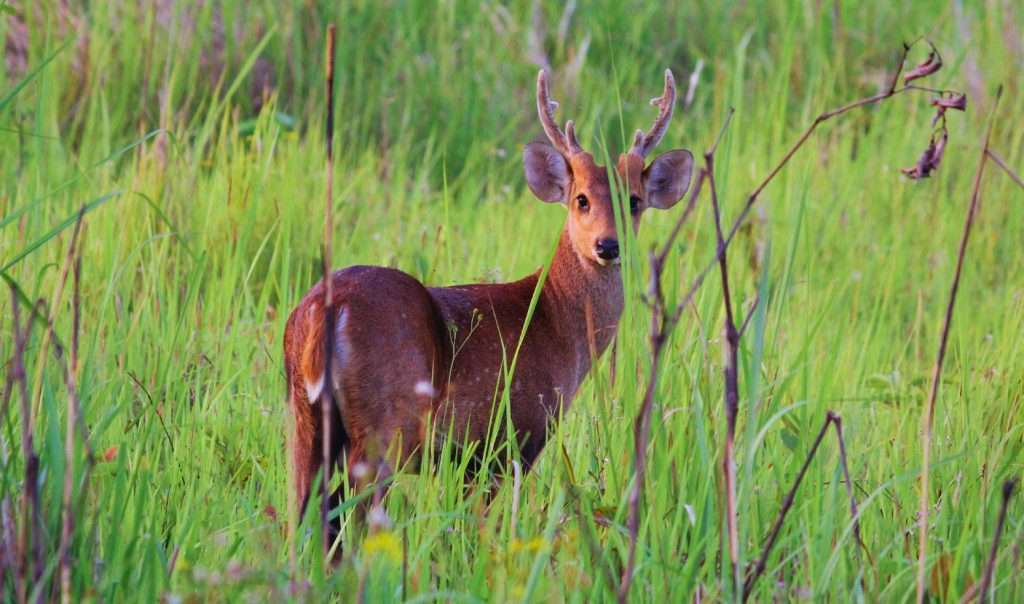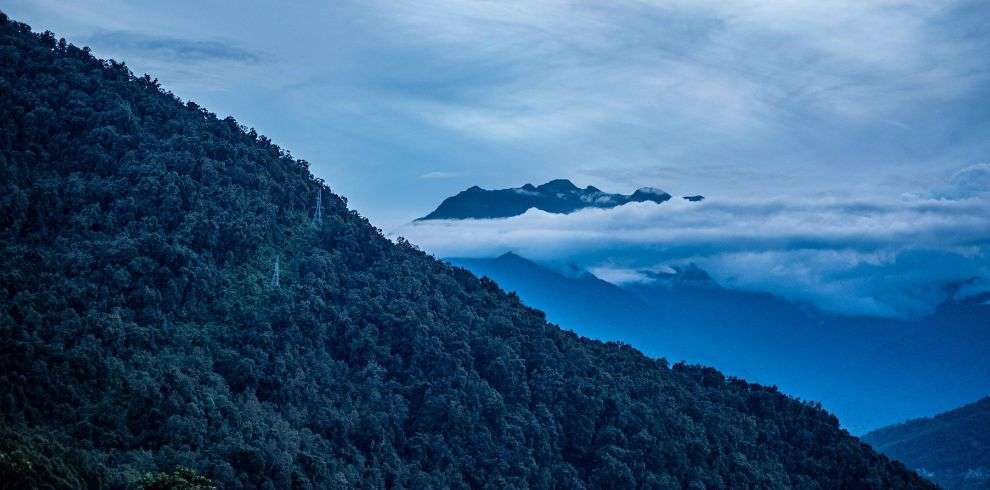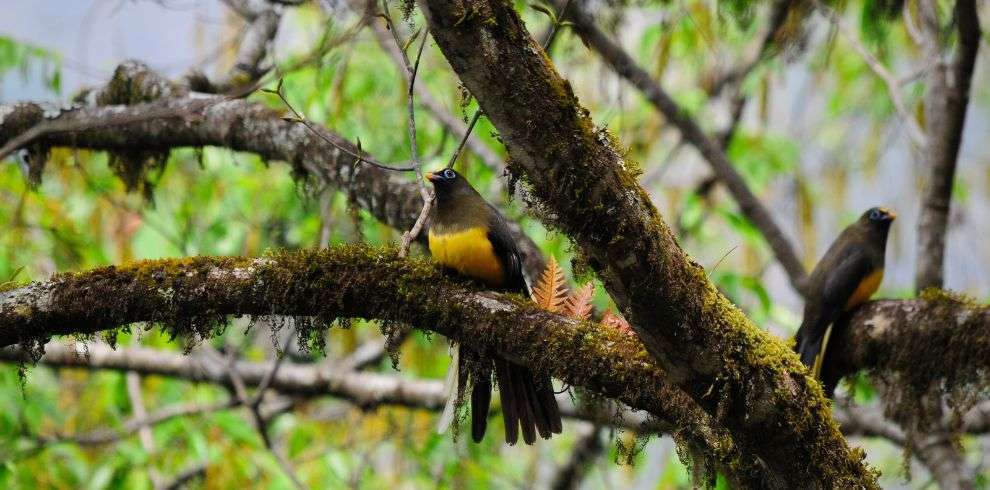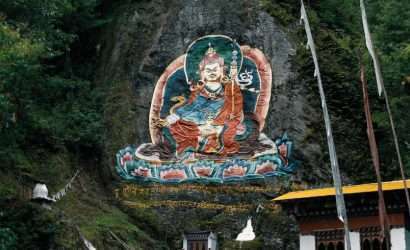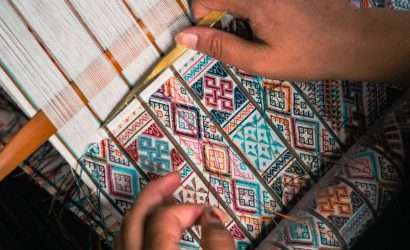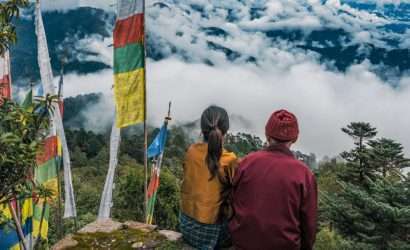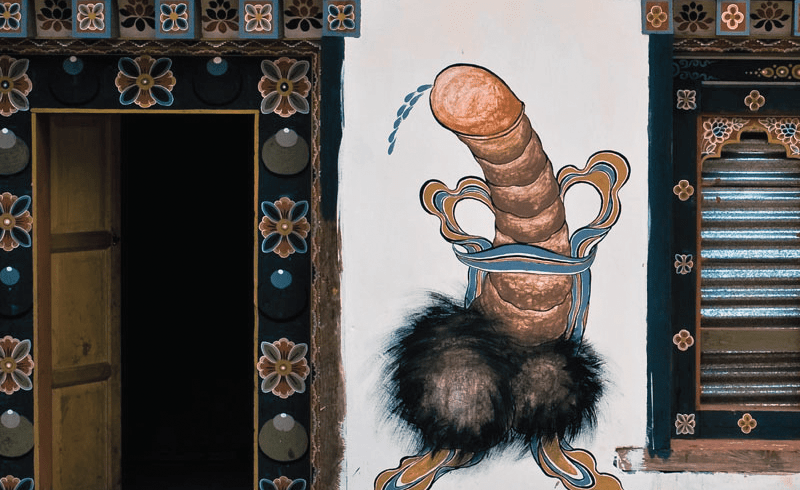The Royal Manas National Park is the oldest nature preserve in the Kingdom of Bhutan and one of the most beautiful parks for eco explorers. Its incredible biodiversity includes hundreds of rare animal and plant species. The Park is the most biologically diverse protected area in the kingdom as well as one of the most outstanding nature preserves worldwide.
This 13 days Ecotours offers unforgettable vacation in the blissful Himalayan Kingdom of Bhutan. Book your trip with ALAYA and enjoy your time in Bhutan.
Overview
Bhutan’s Crown Jewel, the Manas National Park represents the largest example of tropical and sub-tropical ecosystems in Bhutan. This Park offers thousands of animal and plant species, many of which are globally endangered, it is not only the most diverse protected area in the Kingdom but also noted as one of the world’s biologically outstanding parks.
River Rafting: It can be done throughout the year and they offer multiple levels of difficulty to choose from.
Elephant Safari: The elephant will take you uphill to scenic view point from where you can see Indian plateau and Manas river meanders.
Bird Watching: More than 365 species of birds have been officially recorded in Royal Manas National Park with an additional 200 believed to be in residence.
Itinerary
Fly on the wings of the Dragon to Bhutan, on arrival in Paro International Airport, complete the immigration formalities and exit through only one arrival gate where our dedicated team will be waiting and welcome you with khaddar and proceed to Thimphu which will take about an hour and half.
The route will follow Paro River until Chuzom from where we will bend towards Thimphu river taking us to the heart of capital city Thimphu. The entire stretch of drives is very scenic and picturesque as we pass by some of the beautiful villages of Bondey, Shaba, Isina etc until we enter welcome gate in Thimphu.
Tachongang Lhakhang- En-route to Thimphu, stopover for little leg stretch walk crossing Paro River or enjoy the views from the roadside depending your arrival time. Chuzom- Meeting point of two rivers (Thimphu & Paro) this is tri junction of highway leading to Thimphu, Paro and Phuentsholing into three directions. Enjoy the lovely picture of beautiful portrait our King and Queen placed at chuzom which is so welcoming to all who visits Bhutan. Overnight in Thimphu, altitude 2400m
The route from Thimphu to Tsirang is quite scenic; one will see Dochula Pass & one of the largest hydro power projects in the country being constructed. After the break at Dochula Pass, the road descends into Wangdue & further to Tsirang taking us to one of the warmest places of Bhutan. The few minutes’ drive through the tunnel will fascinate you.
Buddha Dordenma- The Buddha Dordenma is located at a top of the hill in Kuenselphodrang Nature Park and overlooks the southern entrance to Thimphu valley.
Dochula Pass– The pass is at a popular location as it offers a stunning 180 degree panoramic view of the Great Himalayan mountain ranges. The view is especially scenic and very clear on winter days with snowcapped mountains forming a majestic backdrop to the tranquility of the 108 chortens gracing the mountain pass. The valley of black necked cranes and rhododendron and often referred as Asian Switzerland.
Bird watching at Lamperi Botanical Garden– The Royal Botanical Park is the country’s first nature recreational park, to preserve the rich natural biodiversity of the area. You will be able to spot some rare Himalayan birds such as Great Parrotbill, Darjeeling woodpecker, streak-breasted scimitar babbler, eurasian jay, strong-footed bush warbler, chestnut-crowned and spotted laughing thrushes.
Rigsum Pemai Dumra– This recreational park is located in the Heart of the Damphu town. the park serves as a rejuvenating getaway for many tired souls, and also promises to offer you the chance to develop an intimate connection with nature.
Overnight in Tsirang, altitude 2000m
Tsirang District is located in the southwestern part of Bhutan on the Wangdue-Gelephu highway. Tsirang is noted for its gentle slopes and mild climates. The dzongkhag is also noted for its rich biodiversity; however, it is one of the few dzongkhags without a protected area. Tsirang is one of the fastest developing dzongkhags in Bhutan.
Explore villages of Tsirang– Today we will explore the beautiful valley and meet with the farmers. Start the day to explore the authentic villages of Tsirang. We will start our journey by exploring Chachey village, Tsirang toe, Sergithang. We will have lunch in the beautiful valley of Serithang and continue our village trip to Burichu Doban and further drive to Gelephu.
Farm House Visit- This experience is a particularly fun and spontaneous way to connect with the local community of Southern valley and learn about their culture and way of living.
Overnight in Gelephu, altitude 450m
Enjoy the drive through warm valley. Road side bird watching is possible along the route in the forest. Gelephu comprise of sub-tropical broadleaved forest.
Norbugang Guru Nye- One needs to hike for 1.5 hrs to reach this holy place. This is a very sacred nye of Guru where he meditated during his first visit to Bhutan. This nye was founded by one of the local people of Norbugang when he was meditating there for 7 days. One can see the footprints & hat print of Guru. If interested, once can offer butter lamps, lit the incense, offer white scarf (khader) and can do meditation in the cave.
Gelephu Tshachu– Gelephu Tshachu is a popular hot spring and wondrous tourist destination in the spiritual kingdom of Bhutan. Dip yourself in the hot and sparkling waters of the Gelephu Tshachu.
Tali Dratsang– Tali Dratshang- Tali Dratshang is located at 10 minute’s drive from Gelephu Town. Lam Therchung is credited with the institution of the Dratshang in 1971. Statues of Zhabdrung Ngawang Namgyal, Buddha and Guru Rinpoche adorn the Lhakang.
Overnight in Gelephu
Enjoy the scenic drive towards Manas. Royal Manas was designated a wildlife sanctuary in 1966 making it Bhutan’s oldest protected area. The area was upgraded to a National Park in 1993. Manas is also extremely rich in wildlife species & more than 365 species of birds have been officially recorded in Royal Manas National Park with an additional 200 believed to be in residence. Many of the park’s more than 900 types of plants have commercial, medicinal, traditional and religious significance.
Roadside sightseeing: The drive towards Manas will pass through dense jungles full of golden langurs and various bird watching including hornbills. Continue the drive towards South to Manas.
Bird watching & Wild Life– Along the route, you will get the chances to sight some birds like horn bill, white crested laughing thrush, and animals like deer, wild boar and langurs.
Overnight in Manas.
Bhutan’s Crown Jewel, the Manas National Park represents the largest example of tropical and sub-tropical ecosystems in Bhutan. This Park offers thousands of animal and plant species, many of which are globally endangered, it is not only the most diverse protected area in the Kingdom but also noted as one of the world’s biologically outstanding parks.
River Rafting: It can be done throughout the year and they offer multiple levels of difficulty to choose from.
Elephant Safari: The elephant will take you uphill to scenic view point from where you can see Indian plateau and Manas river meanders.
Bird Watching: More than 365 species of birds have been officially recorded in Royal Manas National Park with an additional 200 believed to be in residence.
Overnight in Manas.
The road towards Manas is mix of bumpy and smooth road. Tingtibi is an area much sought after by bird watchers from across the world. The place is also home to the critically endangered white-bellied heron.
Duenmang Tshachu/hot spring- This healing spring is famous for curing joint pains, sinusitis, gastric, rheumatism and tuberculosis. It takes 45 min- 1 hour to reach the tshachu from the road.
Bird Watching in Tingtibi– Tingtibi is recognized as a potential area for bird watching because of large number of native bird species found there. Some of the birds seen are it serves as nice habitat for Rufous-necked and Great Hornbills, varieties of Cool Laughing Thrushes, Cutias, Scarlet Minivets, Pin-tailed Green Pigeons, Woodpeckers, Chestnut-headed, Grey-bellied Tesias, Spotted Wren Babblers, etc. Overnight in Tingtibi.
You will have another round of birding in the morning and then drive back to Phobjikha with birding along the way. The natural beauty of the Phobjikha, beautiful home stays and nature adds more value to experience the living style, food habit and culture of the Bhutanese people.
Kuenga Rabten Palace– During the first half of the 20th century, the palace served as winter residence for the second King, Jigme Wangchuck and his senior Queen, Ashi Phuntsho Choden. Due to this heritage, the Kuenga Rabten Palace is surrounded by stone walls that have spy-holes, which were used by the royal guards.
Chendebji Chorten: Located at 2430m, built in the style of the great Bodhanath Temple of Nepal, was constructed by Tshering Wangchuk son of Yon-Say and the Mahasiddha Zhidag in accordance with the prophecy of the second Gangteng Tulku Tenzin Lekpai Dhundrup in order to subdue harmful demons.
Black Necked Crane Information Centre- This place is run by the Royal Society for Protection of Nature (RSPN) and has an observation room with high-power telescopes and good scope for spotting the famous Black Necked Cranes which migrates to the region during winter. It also displays information about the history of the region. Overnight in Phobjikha, altitude 2900m
The valley of black necked cranes and rhododendron and often referred as Asian Switzerland. The landscape is breathtaking and the valley sits on a quiet mountain.
Gangtey Nature Trail- It is a short and relatively easy trek with several beautiful villages and monasteries en route. It offers beautiful views of the country with mostly gentle, forested slopes. The best time for this trek is between September-May, walk not recommended on rainy days.
Gangtey Gompa – The temple built over hill top, headed by Gangtey Tulku the reincarnation of Pema Lingpa. Annual festival of Gangtey is performed in the temple courtyard every year. This is also the place for black necked crane’s festival held every year on 11-Nov, coinciding with His Majesty’s Fourth King’s Birthday.
Farm House Visit- This experience is a particularly fun and spontaneous way to connect with the local community and learn about Bhutanese culture and way of living.
Overnight in Phobjikha
Start the most scenic journey to Punakha which is one of the warm places in Bhutan. Punakha is often referred as second capital having best Dzongs of Bhutan. Punakha has the perfect place to awaken the nature lover, take in the splendid views of the Himalayas, listen to the sounds of the Mo Chhu and Po Chhu rivers that simply soak up the serene beauty of this gorgeous valley.
Chimi Lhakhang- This temple is known as the temple of fertility. It is widely believed that childless couples can visit this temple to pray for better fertility to conceive the child. There are stories and incidences that many visitors dream came true however one must truly need to believe and follow the lama’s instruction. The hike though the lovely villages of Mesina gives truly amazing experience. Enjoy the gentle walks from the road head.
Punakha Dzong- Built in 1637 by Zhabdrung Ngawang Namgyal, the Dzong was named Druk Pungthang Dechen Phodrang (Palace of Great Happiness). Punakha is still the winter residence of Je-Khenpo religious head of Bhutan. King Jigme Dorji Wangchuck convened the first National Assembly here in 1952. This is one of the finest and must see Dzongs of Bhutan. The Dzong stands inbetween meeting point of two rivers, Phochu and Mochu making the most photogenic Dzongs of Bhutan.
Punakha Suspension Bridge- Punakha suspension bridge is considered one of the longest of its kind in Bhutan. The bridge connects the dzong with the villages Shengana, Samdingkha and Wangkha on the other bank of the Po Chhu river. In these small villages, locals sell their wares in tiny, traditional shops. Visitors can stop here for a quick and authentic view of true Bhutan. In order to access the suspension bridge from the dzong, one must walk past the King’s palace and the cremation ground.
Overnight in Punakha, altitude 1350m
As we proceed to Paro, we will retrace the journey crossing over Dochula, up until Chuzom and further to Paro. The entire stretch of drive will refresh your mind and give you second chance to enjoy the great snowcapped mountain views of the Himalayas from Dochula.
Paro Town- Tiny Paro town actually can offer lot more, there are many authentic handicraft shops, readily available Bhutan made products, grocery and imported garment shops beside having many small restaurants around.
Rinpung Dzong- ‘Fortress on a Heap of Jewels’, is ranked one of the best Bhutanese architecture. The massive buttressed walls that tower over the town are visible throughout the valley, particularly when landing at Paro Airport. The Dzong also offers administrative seat of the district of Paro. The Dzong was built in 1644 under the order of Zhabdrung Ngawang Namgyal.
National Museum of Paro- Perched above Paro Dzong it was watchtower built in 1649 to protect the undefended Paro Dzong located below, renovated in 1968 to house the National Museum. Today this museum houses the best collections of all time historical items making worth for a visit. Overnight in Paro, altitude 2200m
This picturesque region in the kingdom is covered in fertile rice fields and has a beautiful, crystalline river meandering down the valley. Paro has more of historical sites, high-end tourist resort and many souvenir shops for shopping including world famous Takstang.
Taktsang Gompa/Tiger’s Nest Temple– is Bhutan’s most iconic landmark and religious Buddhist site in the world. The name Taktsang translates to “The Tiger’s Nest”. The temple is one of the holiest sites in Bhutan which clings impossibly to a sheer cliff face 900 meters above the valley. Although good trekkers can make it to the top in two hours, most of the guests take whole day to complete the hike.
Kichu Lhakhang: it is one of the two most sacred and the oldest temples in Bhutan, built in 7th century by Tibetan king Songtsen Gampo (the 33rd Tibetan king, who is also the manifestation of avoloketeshivara, commonly known to Bhutanese as Chenrize).
Evening stroll around the Paro valley, the valley of surpassing Beauty. Overnight in Paro
Departure from the Kingdom of Bhutan
The Trip Cost Includes
- Department of Tourism’s certified 3 star Standard hotel accommodation twin sharing room;
- All Meals.
- USD 100 nightly SDF Fee (Sustainable Development fee) that goes for free education and health care for the citizens of Bhutan and tourist alike.
- Tourism Council’s certified Professional English speaking Cultural tour guide.
- Comfortable Toyota/Hyundai Tour Vehicle with Tourism Council’s Certified Driver.
- Mineral Water
- Domestic travel insurance.
- Entry Fees to museums, cultural monuments and fortresses.
- Visa/Permit process.
- USD 40 Visa fee
The Trip Cost Excludes
- Any airfare.
- Any cost of excess baggage/weight.
- Tips to the guide and driver.
- Beverage, alcohol, laundry and any personal nature expenses.
Frequently asked Questions
Annapurna Base Camp is a Grade B or a moderately difficult trekking route. So any fit person can do this trek, even if you do not have any previous experience. You should be aware of what to expect and mentally prepare for it. Then, as long as you will to, you can.
On average, you walk about 4 to 6 hours per day. One or two days can be as less as 3hrs and one or two days can be as long as 7hrs.
The highest altitude reached is 4190m. This is the elevation of Annapurna Base Camp. ABC is the highest we will climb in this trek.
Yes, you can charge batteries en route. Charger should be brought. There are hot shower facilities as well. You may have to pay certain amount for both ($1-$2). Negotiate. Also, hot water facility could be free at lower elevation.
No. There are no ATMs on this trek route. You will have to draw enough cash in Pokhara or Kathmandu. There are a number of ATMs in these cities. Everything is paid in Nepali rupees. So money should be exchanged before the start of the trek.
Yes. Internet can be accessed in most places. Sometimes, there might be some technical problems. Internet in Nepal is not as fast as you are used to and at times you can just lose connection.
Not really. It depends on you. If you want, ABC trekking can be done independently. You could hire a guide and a porter by yourself instead of going through an agency or not hire a guide at all. Although, not having a guide can be a little problematic during off season.
It really depends on you. Is it your first time in Nepal? How confident are you of being able to find your way around? How pressed on time are you? If you go through an agency, it will be costlier but everything will be planned. You will only have to come, trek and return.
For Annapurna region, pay for guides range from $20 to $30 per day and porters take $15 to $25 per day.
